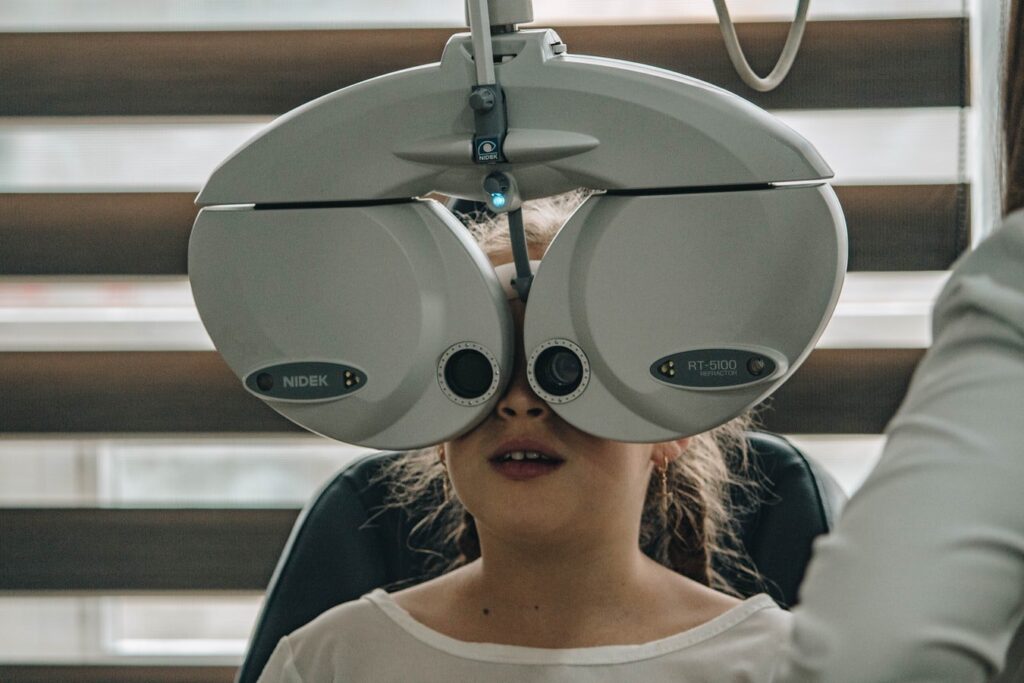Cataract surgery is a process to get rid of the lens of your eyes and, generally, change it with an artificial lens. Typically, the lens of your eye is clear. A cataract will cause the lens to be cloudy, which ultimately affects the vision of yours.
Cataract surgery is done by an eye doctor (ophthalmologist) on an outpatient basis, that implies you do not need to remain in the hospital after the procedure. Cataract surgery is extremely well-known and it is usually a safe procedure. Precisely why it’s done Cataract surgery is performed to treat cataracts. Cataracts are able to cause blurry vision and increase the glare from lights. If a cataract makes it hard for you to hold out the normal activities of yours, the doctor of yours may suggest cataract surgery.
When a cataract interferes with the treatment of another eye problem, cataract surgery may be recommended. For instance, doctors may recommend cataract eye surgery in case a cataract makes it hard for your eye doctor to look at the back of your eye to monitor and treat other eye problems, such as age related macular degeneration or perhaps diabetic retinopathy.
Generally, waiting to have cataract surgery will not harm your eyes, so you’ve some time to think about the options of yours. If your vision continues to be very good, you might not need cataract surgery for numerous years, if.
At what time considering cataract surgery, keep these questions in mind:
- Can you see to easily your job as well as to drive?
- Do you’ve problems watching or reading television?
- Is it hard to cook, do chores, shop, climb stairs or perhaps take medications?
- Do vision problems affect the level of yours of freedom?
- Do lights that are bright make it harder to see?
Risks
Complications after cataract surgery are unusual, and many can be dealt with successfully.
Cataract surgery risks include:
- Inflammation
- Infection
- Bleeding
- Swelling
- Drooping eyelid
- Dislocation of artificial lens
- Retinal detachment
- Glaucoma
- Secondary cataract
- Loss of vision The risk of yours of complications is greater in case you’ve another eye disease or a severe medical condition. Occasionally, cataract surgery fails to enhance eyesight due to underlying eye damage from various other conditions, like macular degeneration or glaucoma. If feasible, it can be advantageous to evaluate and deal with other eye problems before you make the choice to have cataract surgery.

The way you prepare
Medications and food You will be instructed to not eat and drink anything twelve hours before cataract surgery. The doctor of yours may also advise you to temporarily stop taking any medication which might increase the risk of yours of bleeding during the process. Let your physician know in case you take any medications for prostate problems, as several of these drugs are able to interfere with cataract surgery.
Antibiotic eyedrops may be prescribed for use one or perhaps 2 days before the procedure.
Other precautions Normally you are able to go home on the exact same day as the surgery of yours, however, you will not be prepared to drive, and so arrange for a ride home. Also arrange for assistance around home, if needed, since the doctor of yours may limit activities, like bending and lifting, for about a week after the surgery of yours.
What you should expect
Prior to the procedure
A week or perhaps so before the surgery of yours, your doctor performs a painless ultrasound test to determine the size and shape of your eyes. This can help establish the proper lens type implant (intraocular lens, or perhaps IOL).
Almost everyone who’s cataract surgery will be given IOLs. These lenses improve the vision of yours by focusing light on the back of your eyes. You will not be able to see or even feel the lens. It takes no care and turns into a permanent part of your eyes.
A number of IOLs with many different features are available. Before surgery, you as well as your eye doctor will talk about which type of IOL might work best for yourself and the lifestyle of yours. Cost may also be an element, as insurance companies might not pay for all sorts of lenses.
IOLs are made of plastic, acrylic and silicone. Some IOLs block ultraviolet light. Some IOLs are rigid plastic and implanted through an incision that requires a number of stitches (sutures) to close.

Nevertheless, many IOLs are versatile, allowing a smaller incision that requires very few or perhaps no stitches. The surgeon folds this type of inserts and lens it into the empty capsule in which the natural lens used to be. Once inside the eye, the folded IOL unfolds, filling the empty capsule.
Several of the types of lenses available include:
Fixed focus monofocal.
This particular lens type has one focus strength for distance vision. Reading will generally involve the use of reading glasses.
Accommodating-focus monofocal.
Although these lenses simply have a focusing strength, they could respond to eye muscle movements and shift focus to near and distant objects.
Multifocal.
These lenses are like glasses with progressive or bifocal lenses. Various regions of the lens have different focusing strengths, allowing for near, medium and far vision.
Astigmatism correction (toric).
If you’ve a major astigmatism, a toric lens is able to help correct the vision of yours.
Discuss the benefits and risks of the various types of IOLs with your eye surgeon to find out what is most beneficial for you.
During the procedure Cataract surgery, usually an outpatient procedure, takes one hour or perhaps less to perform.
For starters, the doctor of yours is going to place eyedrops in your eye to dilate the pupil of yours. You will receive local anesthetics to numb the area, and you might be given a sedative to enable you to unwind. If you are given a sedative, you may remain awake, but groggy, during surgery.
During cataract surgery, the clouded lens is removed, and an obvious artificial lens is generally implanted. In several instances, nonetheless, a cataract may be eliminated without implanting an artificial lens.
Surgical methods used to get rid of cataracts include: • Using an ultrasound probe to break down the lens for removal. During a procedure called phacoemulsification (fak-o-e-mul-sih-fih-KAY-shun), your surgeon can make a small incision in the front side of your eyes (cornea) and inserts a needle thin probe into the lens substance where cataract has formed.
The surgeon of yours then uses the probe, which transmits ultrasound waves, to break up (emulsify) the cataract and suction out the fragments. The very back of the lens of yours (the lens capsule) is left intact to serve as a spot for the artificial lens to rest. Stitches might be used to close the small incision in the cornea of yours at the conclusion of the process.
Making an incision in the eye and removing the lens in one piece. A less used procedure called extracapsular cataract extraction requires a larger incision than that used for phacoemulsification. Through this larger incision your surgeon uses surgical tools to eliminate the front capsule of the lens and also the cloudy lens comprising the cataract. The very back capsule of your lens is left in place to serve as a spot for the artificial lens to rest.
This procedure could be performed whether you’ve certain eye complications. with the larger incision, stitches are required.
After the cataract has been removed by either extracapsular extraction or phacoemulsification, the artificial lens is implanted into the empty lens capsule.

